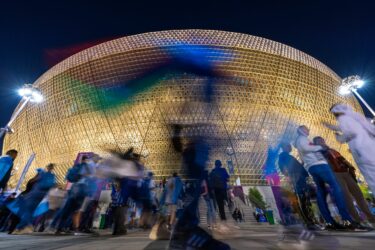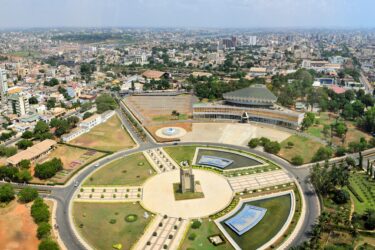The skills of SYSTRA’s Consultancy teams at the service of the largest museum in the world: a multi-criteria study to improve visitor flow management.
The main aim of this study was to find a solution to the problems of congestion at the Louvre Museum. With 8.1 million visitors in 2017, 5 million more than at the beginning of the century, the queues around the Pyramid and the flow of visitors inside the galleries needed to be optimised.
SYSTRA’s expertise in flow management was transposed from the stations to the museum, using tried and tested methods of statistical analysis and flow modelling. As a result, the counter area has been identified as a priority for improvement.
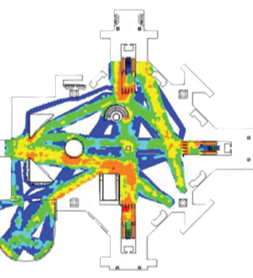
A host of tools to help better manage the flow of visitors to the Louvre Museum
The aim was to relocate the ticketing system and make it more efficient, both at the point of purchase and at the point of control, so that visitors could be welcomed more quickly and directed more easily to less busy areas of the museum.
To achieve this, SYSTRA carried out an architectural, technical and financial study of access to the Hall Napoléon, including dynamic modelling of pedestrian flows and an analysis of the impact of behaviour at access control points on visitor movements and queues, while paying particular attention to groups, persons with reduced mobility and visitors to temporary exhibitions.
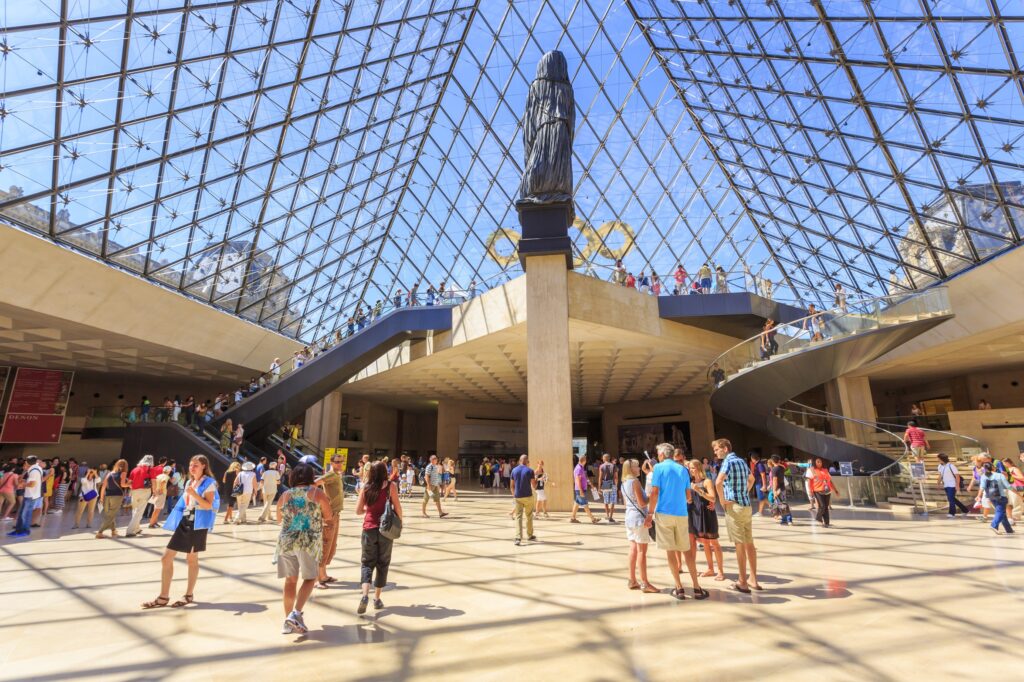
A wide range of expertise was brought to bear, including data analysis, ticketing systems, ergonomics and flow management, based on experience gained in railway stations, in particular. For three years, our teams worked alongside the Louvre’s teams to reorganise the reception areas, determine the best scenario based on financial estimates and forecasts of visitor arrival times, and installation the final equipment.
Since then, the Louvre has passed a new milestone, welcoming 8.7 million visitors in 2024, confirming the French institution as the most visited museum in the world.
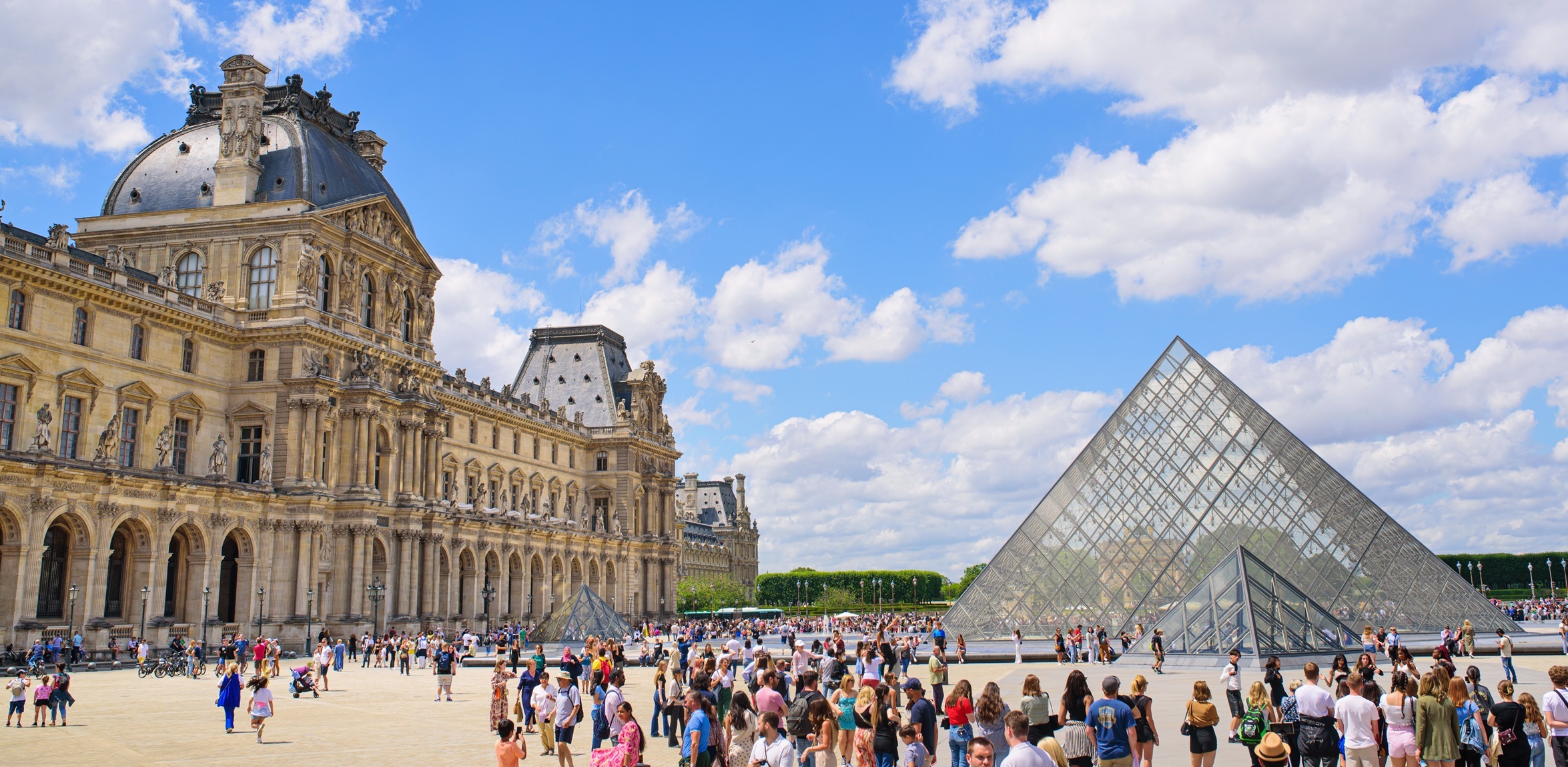
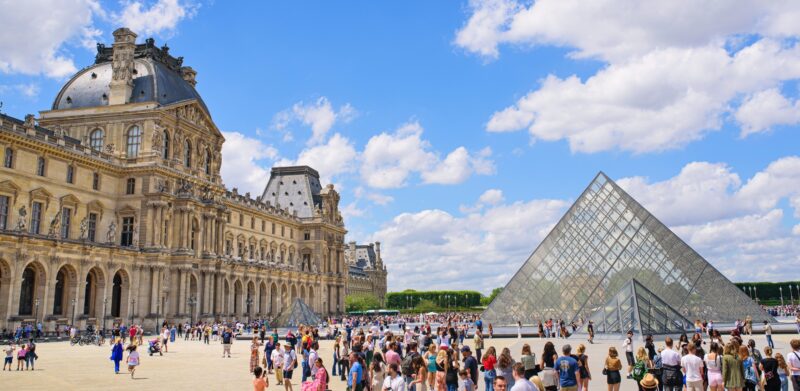
 Australia
Australia  Brazil
Brazil  Canada
Canada  Chile
Chile  China
China  Columbia
Columbia  Denmark
Denmark  Egypt
Egypt  France
France  India
India  Indonesia
Indonesia  Ireland
Ireland  Italy
Italy  Malaysia
Malaysia  New Zealand
New Zealand  Norway
Norway  Panama
Panama  Peru
Peru  Poland
Poland  Portugal
Portugal  Saudi Arabia
Saudi Arabia  Singapore
Singapore  South Korea
South Korea  Spain
Spain  Sweden
Sweden  Taiwan
Taiwan  Thailand
Thailand  Türkiye
Türkiye  United Kingdom
United Kingdom  United States
United States  Vietnam
Vietnam 


